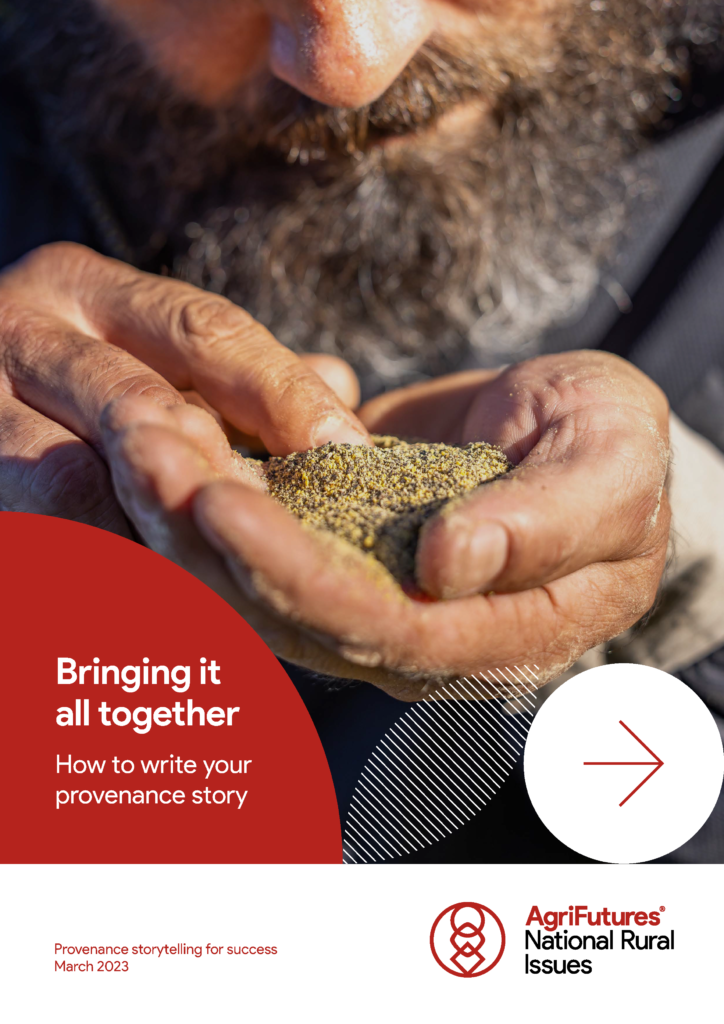Provenance Storytelling Guidebook
These templates have been created to help Individual businesses construct their stories and determine impact. Often producers get overwhelmed with the options available and the...

8 pages
Published: 31 Mar 2023
Author(s): AgriFutures Australia
Download report PDF
Download*** The worksheet on pages 6 and 7 of this storytelling guide is interactive. To make best use of the guide, save the PDF file to your computer and fill out the worksheet during your brainstorming sessions ***
Having defined a target audience, chosen the channels for distribution and set metrics for reach and engagement, you’ve chosen your character archetypes and completed the templates. But you’re still stuck for words. When it comes time to put pen to paper, how do you write a great provenance story that sets your brand apart from the competition?
After all, the difference between a good and a great provenance story can be felt on the business bottom line, with research from the French wine industry showing a correlation between price and the style of storytelling employed – the price for higher-value wines could not be explained by their objective quality, only by their “symbolic position and image evoked of a world of luxury”.
According to Spanish food marketing researchers, a great provenance story comprises a realistic framework to “convey something about the brand’s heritage, founder, highlights and crises, mission and values, and functional and emotional benefits”. These brand features can be conveyed meaningfully and effectively if the story, through its plot and character development, is authentic and concise.
Here are some simple tips to break the writer’s block and help you prepare concise, authentic and powerful stories.